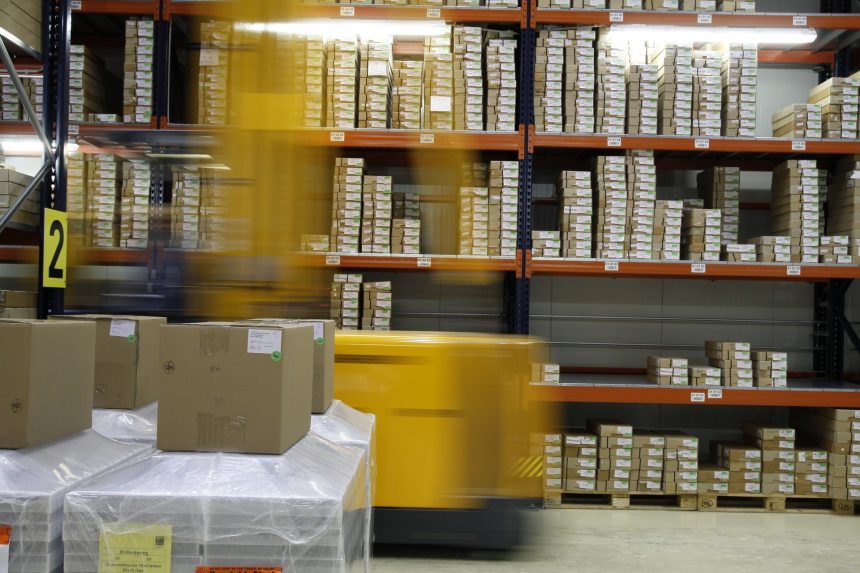Photo by Pixabay.com
Choosing the pallet racking that’s right for your warehouse can boost productivity, provide storage that will keep pace with your changing business needs, and help ensure safe working conditions for warehouse operators.
There are lots of options, so use the checklist below to help you to pick the optimum system for your business.
1. Look At The Entire Cost
It’s easy to price storage, using a calculation that multiplies the area of racking by the cost of the racks under consideration. However, it’s important to remember design and installation costs. You need to know whether you can install the pallet racking in-house, or whether you will need a specialised installer. The specialist will be able to certify that the installation is safe, so it is definitely worth using one. On top of these costs, you may need to train your operators in how to move and stack pallets on the new racking.
2. Analyse The Specific Storage Requirements
Racking is designed for different purposes, and some racks suit certain products better than others. You need to consider how your warehouse is used when it comes to order fulfilment. If you have a lot of picking taking place, drive-in racking may not the most efficient. You’ll be better off with a racking system that makes selection easy. Whereas if you store a lot of bulky items, and need a high density solution, drive-in storage may be perfect.
3. Try To Future-Proof Your Warehouse
It’s great to have a growing business, but frustrating when it forces you to redesign a storage solution you implemented not that long ago. If the business is growing strongly, look for racking that can easily be expanded. If the nature of the items being stored is changing, then a racking design that can be reconfigured is ideal. Selective and cantilever pallet racking systems can be adapted more easily than some others. Another option is “carton live” storage, organised on a first in, first out basis, where the system uses gravity to roll cartons from one location to another.
4. Grow Upwards
Use the full dimensions of the warehouse, by extending racking upwards, into any unused vertical space. Some warehouse managers have concerns about the safety profile of high racking systems. However, these advanced systems are safely being used in warehouses,and mostly employ automatic methods of storing and retrieving items at height, so that there is no risk to human operators. These systems can operate at heights of up to 30 metres. Some warehouse owners, in locations where land is expensive, have also dug down, and now operate below-ground pallet racking.
5. Racking Quality Is Key
The racking needs to be strong enough for the job it’s being asked to do, and of sufficient quality to last a long time, and to withstand wear and tear, such as the odd knock from a forklift. Some storage applications require particularly heavy duty, high quality racking. For advice on this and other pallet racking requirements, contact a racking supplier such as Pallet Racking Direct. They fit the bill, as a firm with a wide knowledge of commercial and industrial storage requirements, and a sound track record.
6. Build In Easy Access
If you have a largely stable, mature business, with predictable demand, then improving efficiency will be a particular concern. However, all businesses want their warehouses to process orders or store deliveries, as efficiently as possible. Good accessibility is a major factor in improving warehouse efficiency, so choose the best pallet racking system for the goods you need to store and select. Again, a good supplier can give invaluable advice.






